
Mesa: The Gateway to Arizona's Adventure and Culture
Discover Mesa, Arizona – a vibrant blend of desert adventure, cultural richness, and family-friendly activities, set against the stunning backdrop of the Sonoran Desert.
Mesa, located in the heart of Arizona, is a vibrant city that offers a unique blend of natural beauty, rich history, and modern attractions. As the third-largest city in Arizona, Mesa provides a diverse range of activities and experiences for tourists. From its stunning desert landscapes to its thriving arts scene, there's something for everyone. The city's backdrop is the picturesque Sonoran Desert, which offers endless outdoor activities. Visitors can explore the desert's flora and fauna through hiking, biking, and horseback riding. The nearby Tonto National Forest and the Superstition Mountains are perfect for those seeking adventure and breathtaking views. Mesa is also a cultural hub, boasting numerous museums, galleries, and theaters. The Mesa Arts Center is a must-visit, offering world-class performances and exhibitions. History enthusiasts will enjoy the Arizona Museum of Natural History and the Mesa Historical Museum, where they can learn about the region's rich heritage. Food lovers will delight in Mesa's diverse culinary scene, which features a mix of traditional Southwestern cuisine and international flavors. The city's many farmers' markets and food festivals provide a taste of local produce and artisanal goods. In addition to its natural and cultural attractions, Mesa is home to a variety of family-friendly activities. The city offers numerous parks, golf courses, and recreational facilities, making it an ideal destination for all ages. Whether you're looking to explore the great outdoors, immerse yourself in local culture, or simply relax, Mesa has something to offer every visitor.
Local tips in Mesa
- Visit the Mesa Arts Center for a mix of performing arts, visual arts, and educational programs.
- Explore the Superstition Mountains early in the morning to avoid the midday heat and enjoy the best views.
- Check out the local farmers' markets for fresh produce and unique artisanal products.
- Make time for a visit to the Arizona Museum of Natural History for a fascinating look at the region's past.
- Stay hydrated and wear sunscreen when exploring outdoor attractions, as Mesa's desert climate can be intense.
- Take a guided tour of the Tonto National Forest for an in-depth understanding of the local ecosystem.
Neighbourhoods in Mesa
Mesa: The Gateway to Arizona's Adventure and Culture
Mesa, located in the heart of Arizona, is a vibrant city that offers a unique blend of natural beauty, rich history, and modern attractions. As the third-largest city in Arizona, Mesa provides a diverse range of activities and experiences for tourists. From its stunning desert landscapes to its thriving arts scene, there's something for everyone. The city's backdrop is the picturesque Sonoran Desert, which offers endless outdoor activities. Visitors can explore the desert's flora and fauna through hiking, biking, and horseback riding. The nearby Tonto National Forest and the Superstition Mountains are perfect for those seeking adventure and breathtaking views. Mesa is also a cultural hub, boasting numerous museums, galleries, and theaters. The Mesa Arts Center is a must-visit, offering world-class performances and exhibitions. History enthusiasts will enjoy the Arizona Museum of Natural History and the Mesa Historical Museum, where they can learn about the region's rich heritage. Food lovers will delight in Mesa's diverse culinary scene, which features a mix of traditional Southwestern cuisine and international flavors. The city's many farmers' markets and food festivals provide a taste of local produce and artisanal goods. In addition to its natural and cultural attractions, Mesa is home to a variety of family-friendly activities. The city offers numerous parks, golf courses, and recreational facilities, making it an ideal destination for all ages. Whether you're looking to explore the great outdoors, immerse yourself in local culture, or simply relax, Mesa has something to offer every visitor.
When is the best time to go to Mesa?
Iconic landmarks you can’t miss
Goldfield Ghost Town and Mine Tours Inc.
Explore the enchanting Goldfield Ghost Town, a historic gem in Apache Junction, Arizona, where the Wild West comes to life with tours, shops, and stunning scenery.
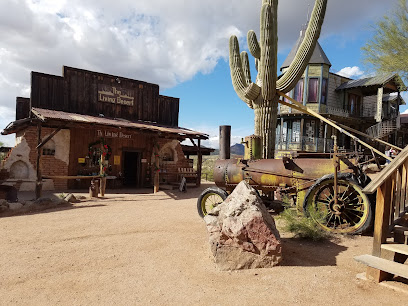
Riparian Preserve at Water Ranch
Explore the Riparian Preserve at Water Ranch, a nature lover's oasis in Gilbert, Arizona, featuring trails, wildlife, and serene water landscapes.

Mesa Arts Center
Discover the rich tapestry of creativity at Mesa Arts Center, where art, culture, and community come together in the heart of Downtown Mesa.
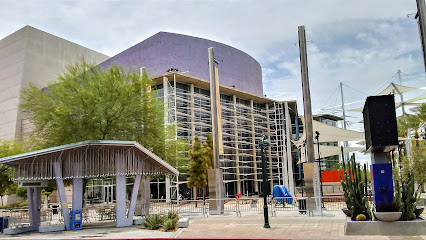
Arizona Museum of Natural History
Discover the rich history of Arizona at the Arizona Museum of Natural History, where fossils, culture, and adventure await every visitor.
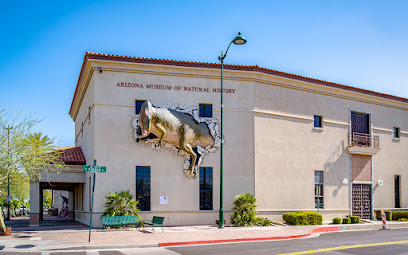
Usery Mountain Regional Park
Experience the breathtaking landscapes and diverse wildlife at Usery Mountain Regional Park, a top destination for outdoor enthusiasts in Mesa, Arizona.
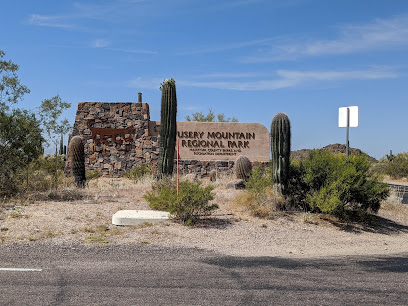
Mesa Arizona Temple
Explore the breathtaking Mesa Arizona Temple, a serene religious destination with stunning gardens, rich history, and architectural beauty in the heart of Arizona.

Mesa Amphitheatre
Immerse yourself in the vibrant atmosphere of Mesa Amphitheatre, an ideal venue for concerts, festivals, and community events in Arizona.
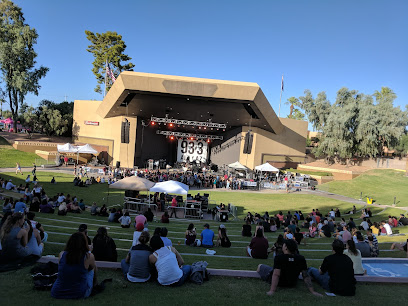
Arizona Commemorative Air Force Museum
Discover the rich history of military aviation at the Arizona Commemorative Air Force Museum, where iconic aircraft and inspiring stories await.
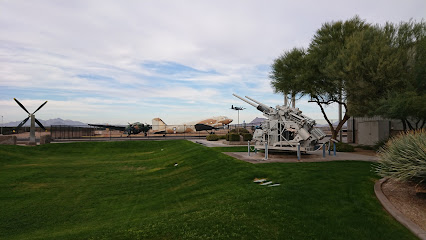
Park of Canals
Explore the serene beauty of the Park of Canals in Mesa, Arizona, a perfect destination for relaxation, picnics, and nature exploration.
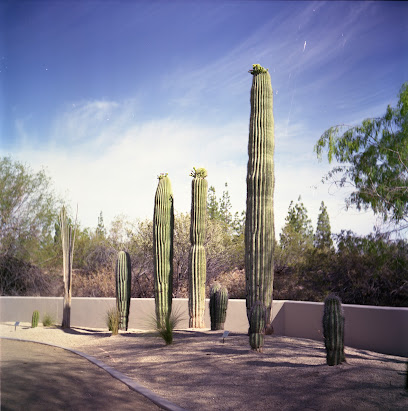
The Dutton Family Theater Mesa
Experience the magic of live entertainment at The Dutton Family Theater in Mesa, Arizona, where captivating performances await for all ages.
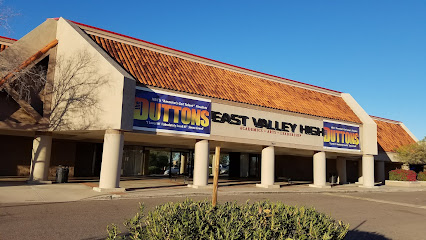
i.d.e.a. Museum
Discover the i.d.e.a. Museum, where creativity and imagination come to life through interactive exhibits and hands-on activities for children and families.

Mesa Historical Museum
Discover Mesa's captivating history through engaging exhibits and local stories at the Mesa Historical Museum, a treasure trove for history lovers.
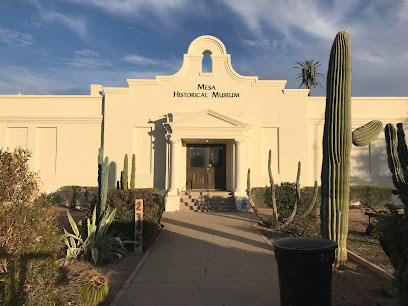
Petersen House Museum
Uncover the rich heritage of Tempe at Petersen House Museum, a local history museum showcasing captivating exhibits and stories of the region's past.
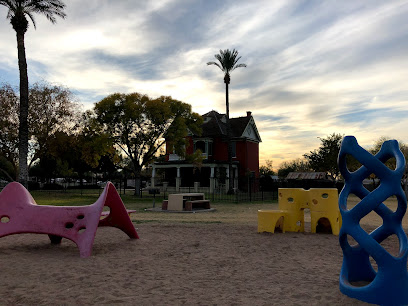
Mesa Grande Cultural Park
Explore the ancient wonders of Mesa Grande Cultural Park, where history meets nature in a serene Arizona setting.
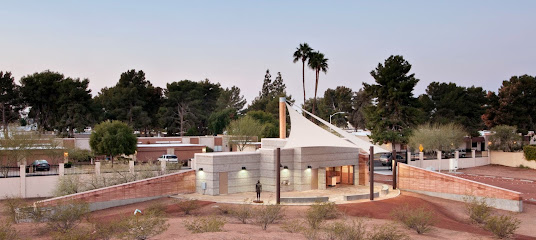
Visit Mesa
Discover Mesa, Arizona, at the Tourist Information Center - your gateway to local attractions, events, and hidden gems in this vibrant city.
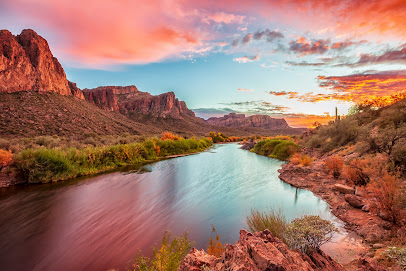
Unmissable attractions to see
Phoenix Zoo
Explore the Phoenix Zoo, a family-friendly destination showcasing over 1,400 animals and dedicated to wildlife conservation and education.
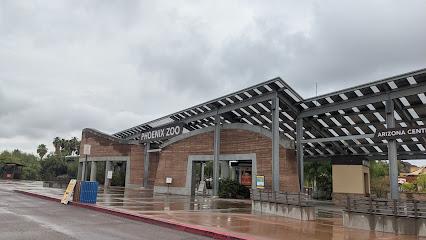
Desert Botanical Garden
Discover the serene beauty of the Desert Botanical Garden in Phoenix, Arizona, showcasing stunning desert flora and vibrant seasonal events.
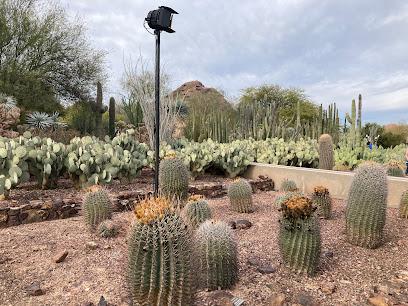
Chase Field
Experience the thrill of Major League Baseball at Chase Field, a state-of-the-art stadium in vibrant Downtown Phoenix.

State Farm Stadium
Discover the excitement of State Farm Stadium, a premier destination in Glendale, Arizona, for sports and entertainment events of all kinds.
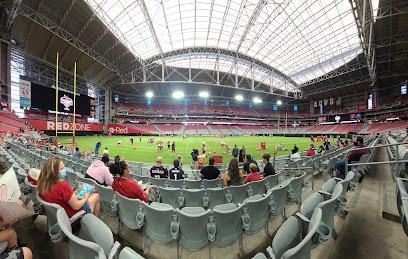
Goldfield Ghost Town and Mine Tours Inc.
Experience the Wild West at Goldfield Ghost Town in Apache Junction, Arizona, where history, adventure, and breathtaking landscapes await.
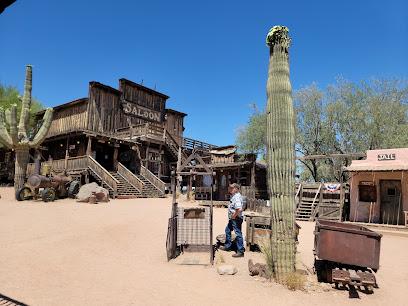
Footprint Center
Discover the excitement of sports and live events at Footprint Center, the premier entertainment venue in downtown Phoenix, Arizona.
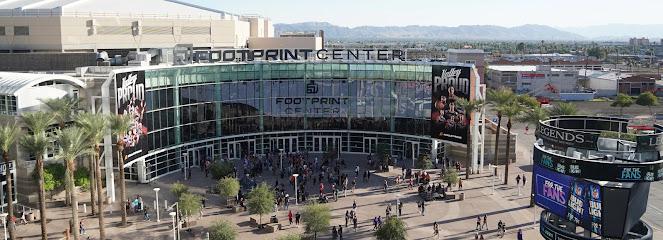
Papago Park
Explore Papago Park in Phoenix, Arizona: A breathtaking destination for outdoor enthusiasts featuring stunning landscapes, hiking trails, and cultural attractions.
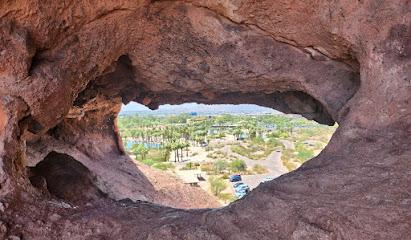
South Mountain Park and Preserve
Explore South Mountain Park and Preserve: A vast natural paradise in Phoenix, Arizona, perfect for hiking, biking, and enjoying stunning desert views.
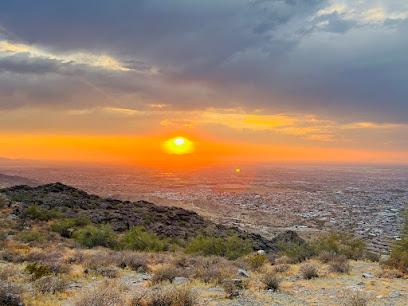
Mesa Market Place Swap Meet
Discover unique treasures and local flavors at Mesa Market Place Swap Meet, a lively shopping destination in Mesa, Arizona.
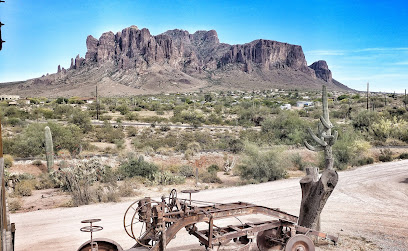
Riparian Preserve at Water Ranch
Explore the serene Riparian Preserve at Water Ranch in Gilbert, AZ, where nature and tranquility come together for an unforgettable outdoor experience.
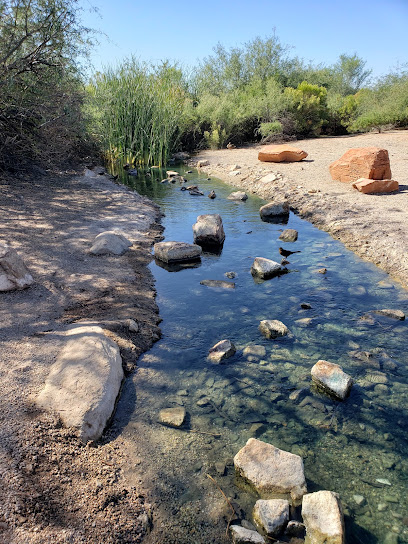
Phoenix Mountains Preserve
Immerse yourself in the natural beauty of Phoenix Mountains Preserve, a must-visit destination for outdoor enthusiasts near Phoenix, Arizona.
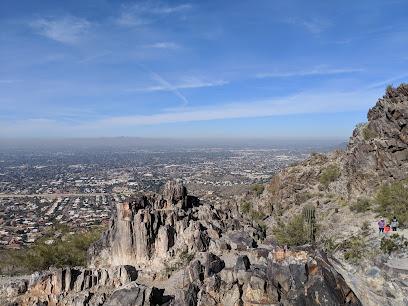
Hole in the Rock
Experience the breathtaking views and natural beauty at Hole in the Rock, a must-visit tourist attraction in Phoenix, Arizona.
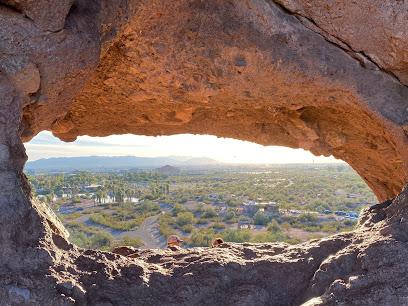
Golfland Sunsplash
Experience the ultimate family fun at Golfland Sunsplash, Arizona's top amusement park with thrilling rides, water attractions, and exciting games.
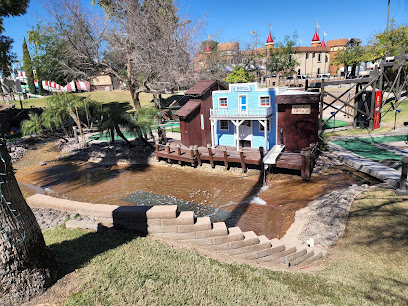
Mesa Arts Center
Explore creativity and culture at the Mesa Arts Center, a vibrant hub of art, performance, and education in the heart of Mesa, Arizona.
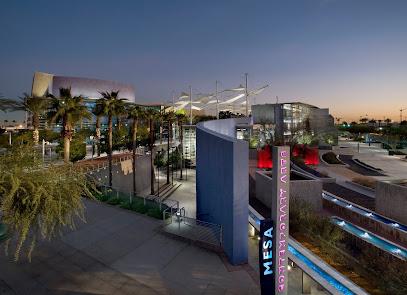
Heard Museum
Discover the rich artistry and cultural heritage of Native Americans at the Heard Museum in Phoenix, Arizona, a premier destination for art lovers and tourists alike.
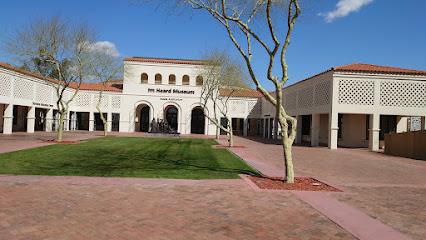
Essential places to dine
Organ Stop Pizza
Discover the joy of delicious pizza accompanied by captivating live organ music at Organ Stop Pizza in Mesa, Arizona.
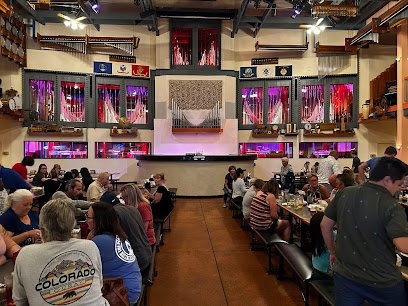
In-N-Out Burger
Savor the iconic taste of In-N-Out Burger in Mesa, Arizona - where quality meets fast food perfection.
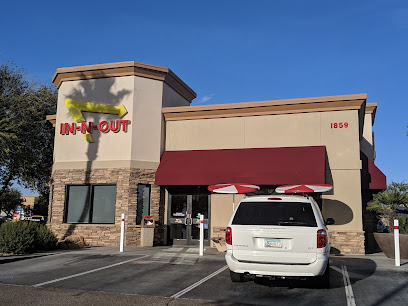
The Cheesecake Factory
Discover culinary delights at The Cheesecake Factory in Mesa - a family-friendly restaurant known for its vast menu and irresistible cheesecakes.
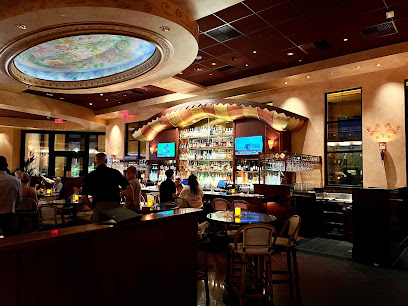
Bobby-Q BBQ Restaurant and Steakhouse
Experience mouthwatering barbecue at Bobby-Q BBQ Restaurant and Steakhouse in Mesa—where flavor meets hospitality.
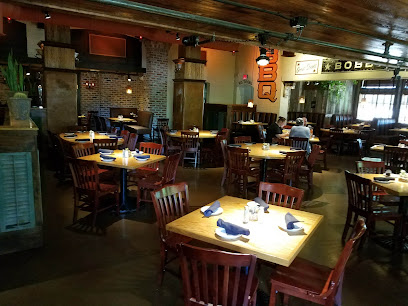
The Hub Grill and Bar
Experience the best of American grill cuisine at The Hub Grill and Bar in Mesa, AZ - where flavor meets hospitality.
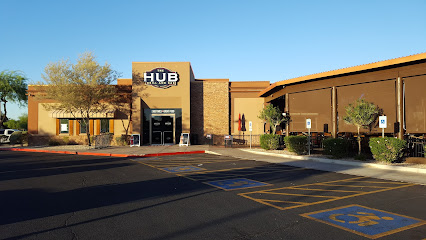
Green Corner Restaurant
Discover authentic Mediterranean cuisine at Green Corner Restaurant in Mesa - where every dish tells a story of flavor.
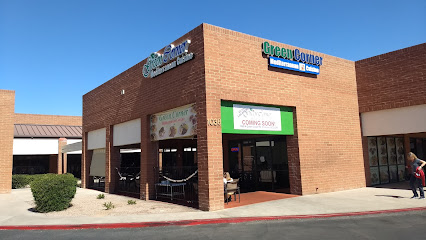
Rodizio Grill - Mesa
Savor authentic Brazilian churrasco at Rodizio Grill - Mesa; where every meal is a celebration of flavor and culture.
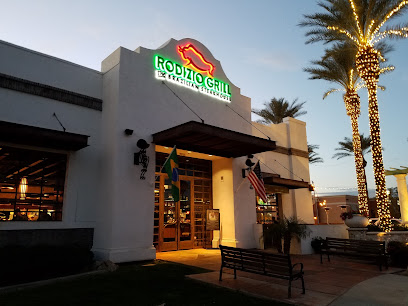
Red White and Brew
Experience the best of American dining at Red White and Brew in Mesa – where great food meets an extensive beer selection.
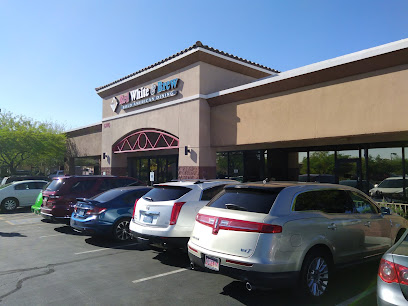
Charleston's Restaurant
Experience exceptional steak and American cuisine at Charleston's Restaurant in Mesa - where every meal is a celebration of flavor.
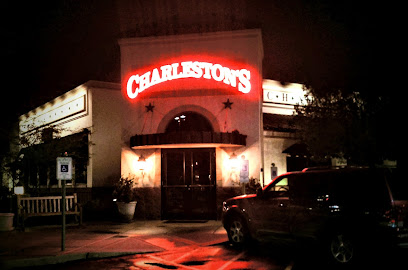
BJ's Restaurant & Brewhouse
Experience the perfect blend of craft beer and delicious cuisine at BJ's Restaurant & Brewhouse in Superstition Springs.

Crackers & Co. Cafe
Discover the flavors of traditional American breakfast at Crackers & Co. Cafe in Mesa, AZ - where every meal is made with love.
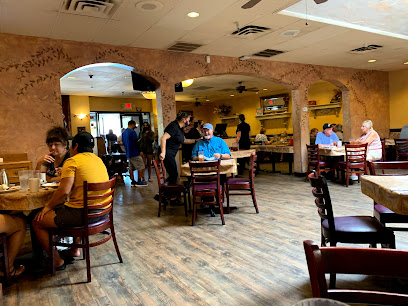
The Original Blue Adobe Grille
Discover the vibrant tastes of Mexico at The Original Blue Adobe Grille - your go-to destination for authentic Mexican cuisine in Mesa.
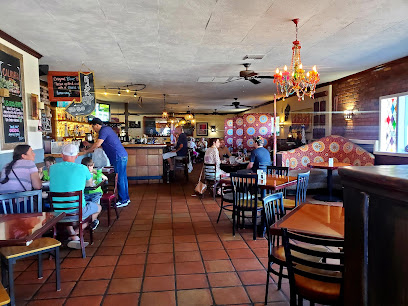
Mellow Mushroom Mesa
Discover the eclectic flavors of Mellow Mushroom Mesa - where gourmet pizza meets vibrant ambiance in Arizona.
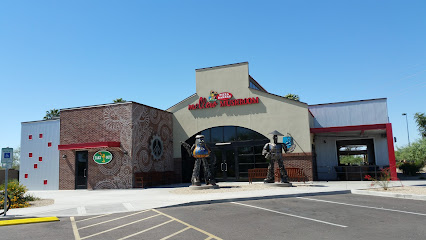
The Monastery
Experience culinary delights at The Monastery in Mesa - where great food meets fun activities in a vibrant setting.
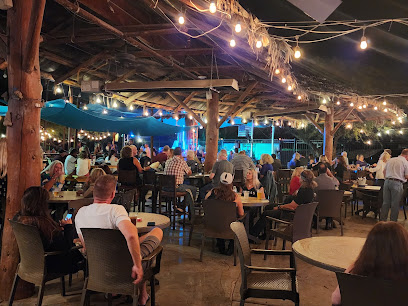
Baci Italian Bistro
Discover the essence of Italy at Baci Italian Bistro in Mesa - where authentic flavors meet delightful ambiance.
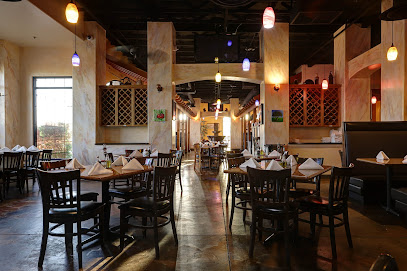
Markets, malls and hidden boutiques
Mesa Riverview
Discover a shopping paradise at Mesa Riverview, where retail therapy meets delightful dining and entertainment options in sunny Arizona.
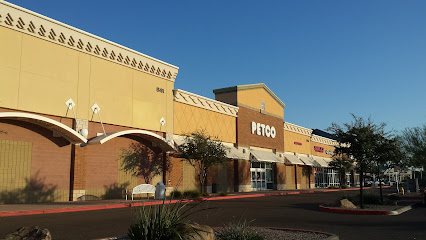
Superstition Springs Center
Explore the dynamic Superstition Springs Center in Mesa, AZ, where shopping, dining, and entertainment come together for an unforgettable experience.
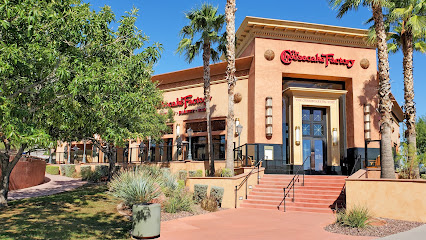
Mesa Market Place Swap Meet
Experience the lively atmosphere of the Mesa Market Place Swap Meet, where local culture meets unique shopping in the heart of Arizona.
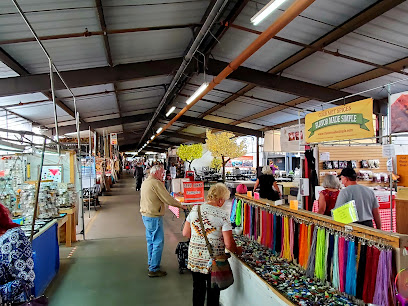
Mesa Grand Shopping Center
Discover a shopper’s paradise at Mesa Grand Shopping Center, where retail therapy meets delightful dining in the heart of Mesa, Arizona.
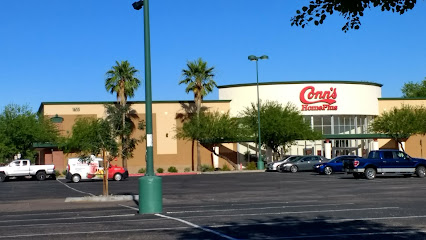
Call it New / Call it Antique - Mesa, AZ
Explore a treasure trove of unique antiques and collectibles at Call it New / Call it Antique, Mesa's gem for vintage lovers and curious shoppers.
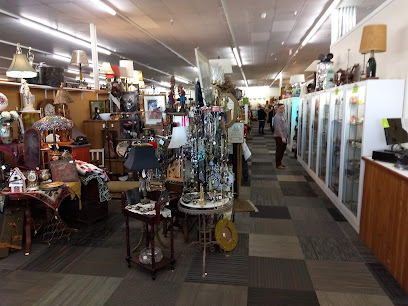
Shirts 'n' Things
Discover unique clothing and local treasures at Shirts 'n' Things in Mesa, Arizona – a must-visit for any fashion enthusiast.
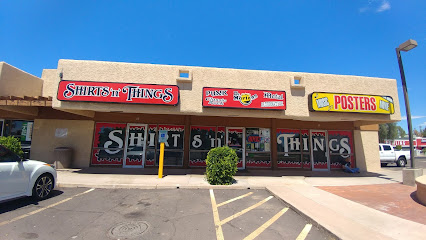
Village Square at Dana Park
Discover a vibrant shopping and dining experience at Village Square at Dana Park, where style and flavor meet in Mesa, Arizona.
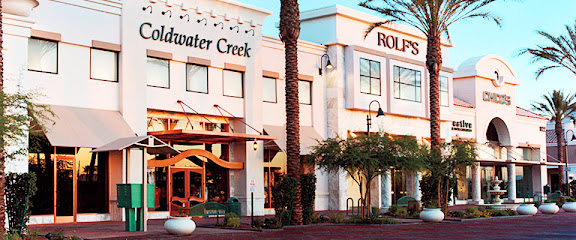
Monte Vista Village Center Shops
Explore the Monte Vista Village Center Shops in Mesa, AZ - a vibrant shopping mall with diverse stores and delicious dining options for every traveler.
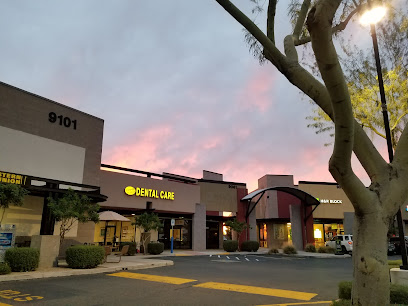
Sunshine Acres Boutique & Thrift Store
Explore a treasure trove of unique finds at Sunshine Acres Boutique & Thrift Store, where shopping supports community initiatives in Mesa, Arizona.

Main Street Antique Mall
Discover unique antiques and collectibles at Main Street Antique Mall in Mesa, Arizona - a treasure trove for vintage enthusiasts.
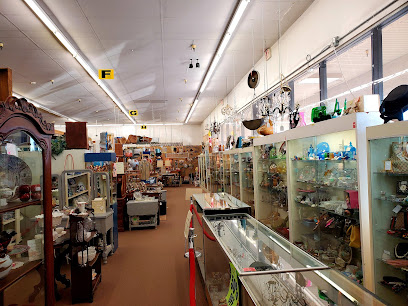
Mesa Thrift Store
Explore Mesa Thrift Store: Uncover unique treasures in a sustainable shopping haven in the heart of Mesa, Arizona.
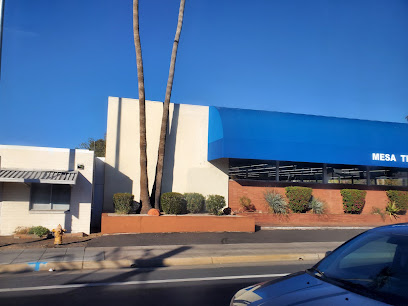
Orange Patch Too
Explore Orange Patch Too, a delightful gift shop in Mesa, AZ, featuring unique treasures, handmade candles, and local artisanal products.
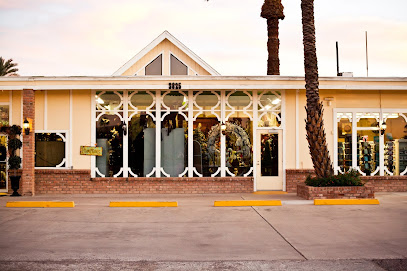
Target
Shop in style at Target Mesa, Arizona – your one-stop destination for fashion, home goods, electronics, and more.
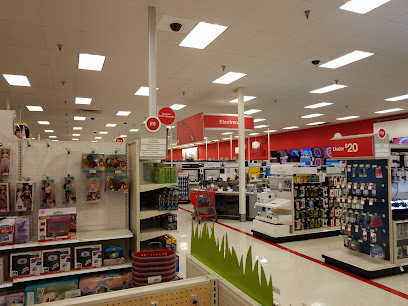
Arizona Gift Center
Explore the Arizona Gift Center: a treasure trove of unique souvenirs, handcrafted jewelry, and stunning local artisan finds in Apache Junction.
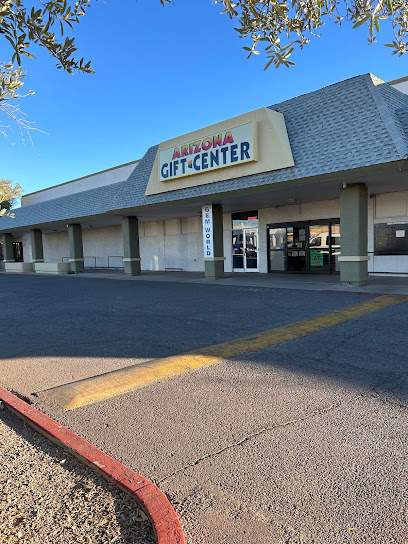
Amy's Hallmark Shop
Explore Amy's Hallmark Shop in Mesa, AZ for delightful greeting cards, unique gifts, and seasonal treasures, all in a warm and welcoming environment.
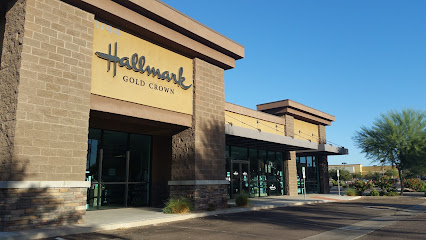
Essential bars & hidden hideouts
The HUB Grill and Bar
Experience the perfect blend of sports and dining at The HUB Grill and Bar in Mesa, Arizona, where great food meets exciting game day vibes.
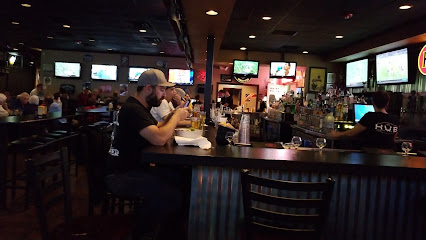
Local Legends Bar & Grill
Experience the vibrant flavors and welcoming atmosphere at Local Legends Bar & Grill in Mesa, Arizona - a true culinary gem.
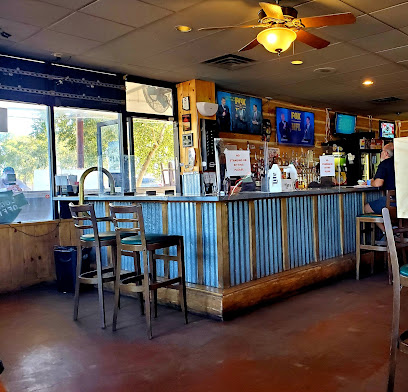
R.T. O'Sullivans Sports Grill
Experience the vibrant atmosphere of R.T. O'Sullivans Sports Grill, an Irish pub and sports bar serving delicious food and drinks in Mesa, Arizona.
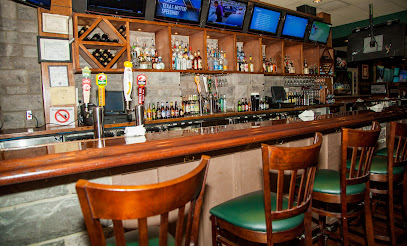
Uncle Bear's Grill & Tap - Greenfield
Experience the vibrant flavors of Uncle Bear's Grill & Tap in Mesa, AZ, where delicious grill cuisine meets a lively atmosphere.
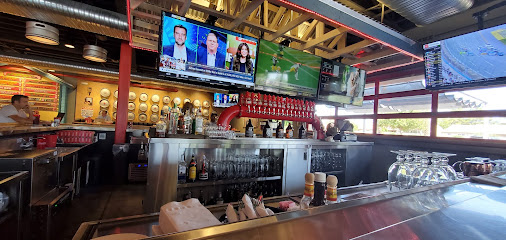
Uncle Bear's Grill & Tap - Baseline
Experience the best of American dining at Uncle Bear's Grill & Tap in Mesa, offering delicious food and a lively sports atmosphere for all ages.
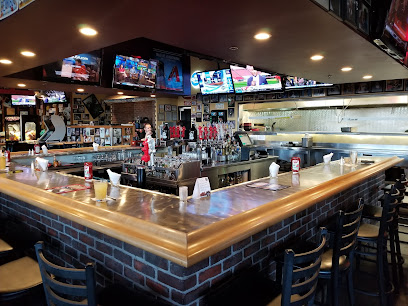
Lucky Lou's
Experience a delightful fusion of flavors at Lucky Lou's, Mesa's vibrant grill and bar, where great food and atmosphere await.
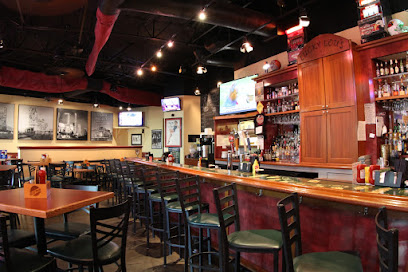
Fat Willy's Crismon & Baseline
Discover the vibrant atmosphere and delicious American cuisine at Fat Willy's, Mesa's premier sports bar for unforgettable game days.
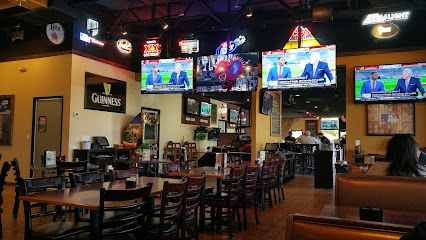
The Trough
Discover the vibrant flavors and lively atmosphere at The Trough in Mesa, Arizona - your ideal grill and bar experience.
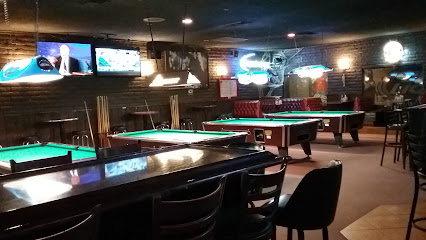
Roosters Country
Discover the vibrant atmosphere of Roosters Country, Mesa's top bar and live music venue, where comfort food meets unforgettable entertainment.
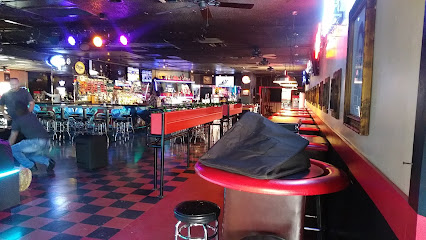
On The Green Sports Grill
Experience the perfect blend of American cuisine and live sports at On The Green Sports Grill in Mesa, Arizona – a favorite among locals and tourists alike.
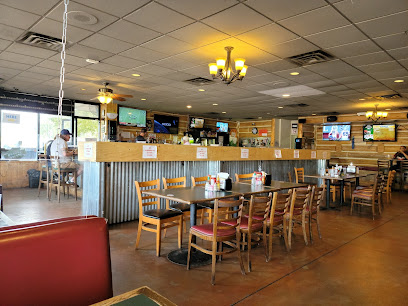
Beast of Bourbon Sports Bar and Grill
Experience the ultimate American sports bar atmosphere at Beast of Bourbon in Mesa, Arizona, with great food, drinks, and live sports.
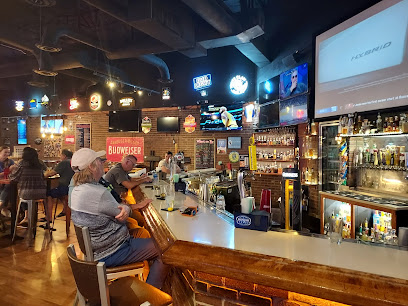
D'Vine Bistro & Wine Bar - Mesa
Discover the perfect blend of exquisite wines and delicious cuisine at D'Vine Bistro & Wine Bar in Mesa, Arizona, a culinary haven for food lovers.
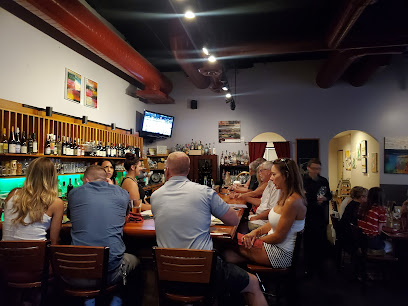
Mr Brews Taphouse - Mesa
Experience the vibrant atmosphere and extensive craft beer selection at Mr Brews Taphouse in Mesa, Arizona, where burgers and brews create the perfect pairing.
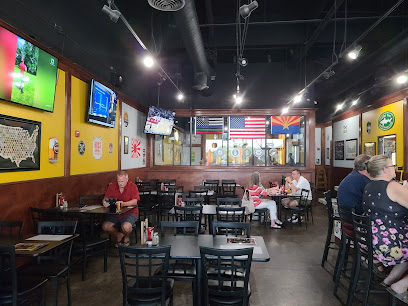
Time Out Sports Bar & Grill
Discover the ultimate sports bar experience at Time Out Sports Bar & Grill in Mesa, Arizona, where great food and live games come together!
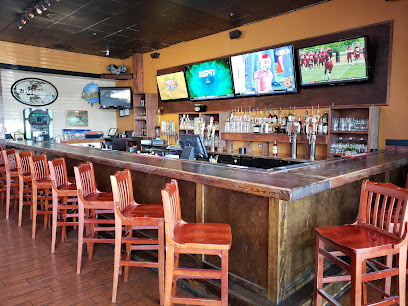
Local Phrases
-
- HelloHowdy
[hou-dee] - GoodbyeSee ya later
[see yuh lay-ter] - YesYep
[yep] - NoNah
[nah] - Please/You're welcomePlease/You're welcome
[please/yur wel-cum] - Thank youThanks a bunch
[thanks uh bunch] - Excuse me/SorryExcuse me/Sorry
[ex-kyoos me/sor-ee] - How are you?How y'all doin'?
[hou yall doo-in] - Fine. And you?Fine. And you?
[fine and yoo] - Do you speak English?Y'all speak English?
[yall speak ing-glish] - I don't understandI don't get it
[I don't get it]
- HelloHowdy
-
- I'd like to see the menu, pleaseCan I check out the menu?
[kan eye chek out the men-yoo] - I don't eat meatI don't eat meat
[I don't eat meet] - Cheers!Cheers!
[cheers] - I would like to pay, pleaseI'll take the check, please
[I'll take the chek, please]
- I'd like to see the menu, pleaseCan I check out the menu?
-
- Help!Help!
[help] - Go away!Get outta here!
[get out-uh here] - Call the Police!Call the Cops!
[call the cops] - Call a doctor!Call a doc!
[call a doc] - I'm lostI'm lost
[I'm lost] - I'm illI'm sick
[I'm sick]
- Help!Help!
-
- I'd like to buy...I wanna buy...
[I wanna buy] - I'm just lookingI'm just looking
[I'm just looking] - How much is it?How much does it cost?
[how much duhz it cost] - That's too expensiveThat's too pricey
[that's too pry-see] - Can you lower the price?Can you lower it?
[can yuh low-er it]
- I'd like to buy...I wanna buy...
-
- What time is it?What's the time?
[whats the time] - It's one o'clockIt's one o'clock
[It's one o'clock] - Half past (10)Half past (10)
[Half past (10)] - MorningMorning
[Morning] - AfternoonAfternoon
[Afternoon] - EveningEvening
[Evening] - YesterdayYesterday
[Yesterday] - TodayToday
[Today] - TomorrowTomorrow
[Tomorrow] - 11
[1] - 22
[2] - 33
[3] - 44
[4] - 55
[5] - 66
[6] - 77
[7] - 88
[8] - 99
[9] - 1010
[10]
- What time is it?What's the time?
-
- Where's a/the...?Where's the...?
[Where's the] - What's the address?What's the address?
[What's the address] - Can you show me (on the map)?Can you show me (on the map)?
[Can you show me (on the map)] - When's the next (bus)?When's the next (bus)?
[When's the next (bus)] - A ticket (to ....)A ticket (to ....)
[A ticket (to ....)]
- Where's a/the...?Where's the...?
History of Mesa
-
Long before European settlers arrived, the Mesa region was home to the Hohokam people, who inhabited the area from roughly 200 to 1450 AD. They were known for their advanced irrigation canals, which made the desert landscape arable and supported a thriving agricultural society. These canals formed the basis for Mesa's modern irrigation system and are a testament to the ingenuity of the Hohokam civilization.
-
In 1878, Mormon pioneers led by Daniel Webster Jones established a settlement in the region, which they named 'Lehi.' A few years later, Mesa was founded in 1878 by a group of Mormon settlers from Utah, who built an organized grid for the city. The Mormon Temple, built in 1927, stands as a prominent symbol of the city's rich religious heritage and continues to be a central landmark.
-
Mesa's fertile lands and irrigation systems laid the foundation for a booming agricultural industry in the late 19th and early 20th centuries. Crops such as citrus fruits, cotton, and vegetables thrived, attracting more settlers and contributing to the city's growth. Agriculture remained a major economic driver until the mid-20th century.
-
The Mesa Grande Cultural Park preserves the ruins of a Hohokam platform mound that dates back to the 13th century. This archaeological site offers valuable insights into the Hohokam way of life and their sophisticated societal structures. The site is now a protected area, offering educational tours and exhibits to the public.
-
The arrival of the railroad in the early 20th century was a transformative event for Mesa, facilitating the easier transport of goods and people. This development spurred economic growth and connected Mesa more closely with the broader region, helping it transition from a small agricultural town to a more diversified economy.
-
Following World War II, Mesa experienced rapid growth and suburbanization. The establishment of Williams Air Force Base in 1941 (later converted to Phoenix-Mesa Gateway Airport) played a significant role in this expansion, bringing new residents and fostering economic development. The post-war period saw the integration of modern infrastructure and amenities, shaping Mesa into a contemporary urban center.
-
Over the decades, Mesa has evolved into a culturally diverse city. This is reflected in its vibrant arts scene, numerous cultural festivals, and a variety of ethnic restaurants and markets. The Mesa Arts Center, opened in 2005, is a testament to the city's commitment to fostering cultural enrichment, offering a wide array of performances, exhibitions, and educational programs.
-
Today, Mesa is the third-largest city in Arizona and a thriving hub of education, technology, and healthcare. Home to Arizona State University’s Polytechnic campus and several other higher education institutions, the city continues to evolve while honoring its rich history. Mesa's blend of historical landmarks and modern amenities makes it a unique place to explore and experience.
Mesa Essentials
-
Mesa, Arizona, is easily accessible by air, road, and rail. The nearest major airport is Phoenix Sky Harbor International Airport (PHX), located about 20 miles west of Mesa. From the airport, you can rent a car, take a taxi, or use ride-sharing services to reach Mesa. If you're driving, Mesa is conveniently located along U.S. Route 60 and is also accessible via Interstate 10 and Interstate 17. Amtrak trains also serve the nearby city of Phoenix, providing another travel option.
-
Mesa offers a variety of transportation options for getting around the city. The Valley Metro Light Rail system connects Mesa to Phoenix and Tempe, making it easy to travel between these cities. Buses operated by Valley Metro cover most areas within Mesa and are a convenient and affordable option. Taxis and ride-sharing services like Uber and Lyft are also widely available. For those who prefer to drive, car rental services are plentiful, and the city's road network is well-maintained and easy to navigate.
-
The official currency in Mesa, as in the rest of the United States, is the U.S. Dollar (USD). Credit and debit cards are widely accepted in hotels, restaurants, and shops. ATMs are plentiful, so withdrawing cash is easy. However, it is always a good idea to carry some cash for smaller establishments and street vendors that may not accept cards. Tipping is customary in the U.S., typically 15-20% in restaurants and for other services.
-
Mesa is generally a safe city for tourists, but it is wise to take standard precautions. Avoid walking alone at night in unfamiliar areas and always be aware of your surroundings. Areas such as West Mesa have been known to have higher crime rates, so exercise caution when visiting these neighborhoods. Keep your belongings secure, especially in crowded areas or when using public transportation.
-
In case of emergency, dial 911 for immediate assistance from police, fire, or medical services. Mesa has several hospitals and urgent care facilities available for medical emergencies. It is advisable to have travel insurance that covers medical emergencies and other unexpected situations. For minor health issues, pharmacies are widely available and offer over-the-counter medications.
-
Fashion: Do dress comfortably and according to the weather, which can be hot in summer. Casual clothing is generally acceptable. Avoid overly revealing clothing in public spaces. Religion: Do respect local religious practices and places of worship. Remove hats when entering churches. Public Transport: Do be courteous to fellow passengers and give up your seat to the elderly or disabled. Don't eat or drink on public transport. Greetings: Do greet people with a handshake and maintain eye contact. A friendly 'hello' or 'hi' is common. Eating & Drinking: Do try local Southwestern cuisine, including Mexican food and BBQ. Don't forget to tip your server.
-
To experience Mesa like a local, visit the Mesa Farmers Market and Flea, held every Saturday, where you can buy fresh produce and unique crafts. Explore the Mesa Arts Center for a taste of local culture and performances. For outdoor enthusiasts, hiking in Usery Mountain Regional Park or taking a walk along the Salt River are popular activities. Dining at local favorites like T.C. Eggington's for breakfast or Organ Stop Pizza for a unique dining experience with live music from a massive Wurlitzer organ is highly recommended.
Trending Landmark in Mesa
-
Goldfield Ghost Town and Mine Tours Inc.
-
Riparian Preserve at Water Ranch
-
Mesa Arts Center
-
Arizona Museum of Natural History
-
Usery Mountain Regional Park
-
Mesa Arizona Temple
-
Mesa Amphitheatre
-
Arizona Commemorative Air Force Museum
-
Park of Canals
-
The Dutton Family Theater Mesa
-
i.d.e.a. Museum
-
Mesa Historical Museum
-
Petersen House Museum
-
Mesa Grande Cultural Park
-
Visit Mesa
Nearby Cities to Mesa
-
Things To Do in Gilbert
-
Things To Do in Tempe
-
Things To Do in Chandler
-
Things To Do in Scottsdale
-
Things To Do in Phoenix
-
Things To Do in Prescott
-
Things To Do in Tucson
-
Things To Do in Sedona
-
Things To Do in Flagstaff
-
Things To Do in Winslow
-
Things To Do in Lake Havasu City
-
Things To Do in Yuma
-
Things To Do in Bisbee
-
Things To Do in Kingman
-
Things To Do in Grand Canyon Village















